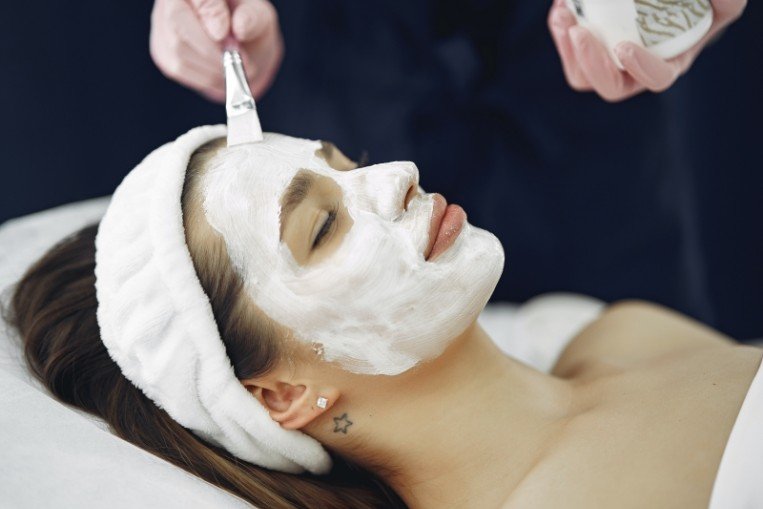|
Getting your Trinity Audio player ready...
|
Skin , a practice popular in many cultures, involves using chemicals to lighten the skin tone. While some individuals pursue skin bleaching to address hyperpigmentation or achieve a desired aesthetic, it’s essential to understand the potential risks and rewards associated with this controversial practice.
Understanding Bleaching
Skin bleaching, also known as skin lightening or whitening, involves the use of topical creams, lotions, or treatments containing ingredients such as hydroquinone, corticosteroids, or mercury to lighten the skin tone. These products work by inhibiting the production of melanin, the pigment responsible for skin coloration, resulting in a lighter complexion.
Risks of Skin Bleaching

Skin Damage
Prolonged use of skin bleaching products can lead to skin thinning, increased sensitivity, and permanent damage. Some ingredients, such as hydroquinone and corticosteroids, can disrupt the skin’s natural barrier function, leaving it more susceptible to irritation, infection, and sun damage.
Health Concerns
Certain skin bleaching products may contain harmful ingredients such as mercury, which can be absorbed into the bloodstream and cause systemic health issues, including kidney damage, neurological problems, and even organ failure. Long-term use of these products may also increase the risk of skin cancer and other serious medical conditions.
Psychological Effects
The pursuit of lighter skin through bleaching can have negative psychological effects, including low self-esteem, body dysmorphia, and identity issues. Individuals may feel pressure to conform to societal beauty standards or internalize colorism, leading to feelings of inadequacy or shame about their natural skin tone.
Rewards of Bleaching
Addressing Hyperpigmentation: For some individuals, bleaching can effectively lighten areas of hyperpigmentation caused by conditions such as melasma, acne scars, or sun damage, resulting in a more even skin tone and improved complexion.
Aesthetic Preferences
In certain cultures where lighter skin is associated with beauty or social status, bleaching may be pursued as a means of achieving a desired aesthetic or conforming to cultural norms. Some individuals may feel more confident or attractive with a lighter complexion, leading them to choose bleaching as a cosmetic enhancement option.
Treatment Options
Advances in dermatology have led to the development of safer and more effective bleaching treatments, such as laser therapy or chemical peels, which can target specific areas of discoloration with minimal risk of side effects. These medical interventions offer alternatives to traditional bleaching products and may be recommended for individuals seeking professional guidance.
Conclusion
Bleaching presents both risks and rewards, and individuals considering this practice should weigh the potential consequences carefully. While skin bleaching may offer cosmetic benefits for some, it’s crucial to prioritize skin health and safety above aesthetic concerns. Consulting with a dermatologist or skincare specialist can provide valuable guidance. Personalized treatment options for addressing skin concerns in a safe and effective manner. Ultimately, embracing diversity and celebrating the natural beauty of all skin tones is essential for fostering inclusivity. As well as promoting positive body image in society.
